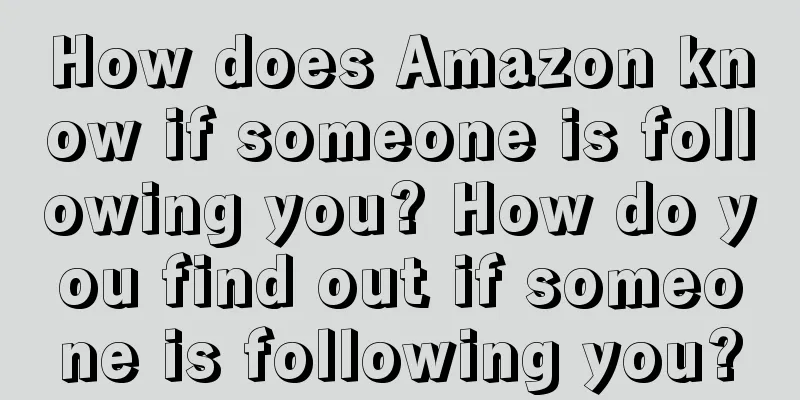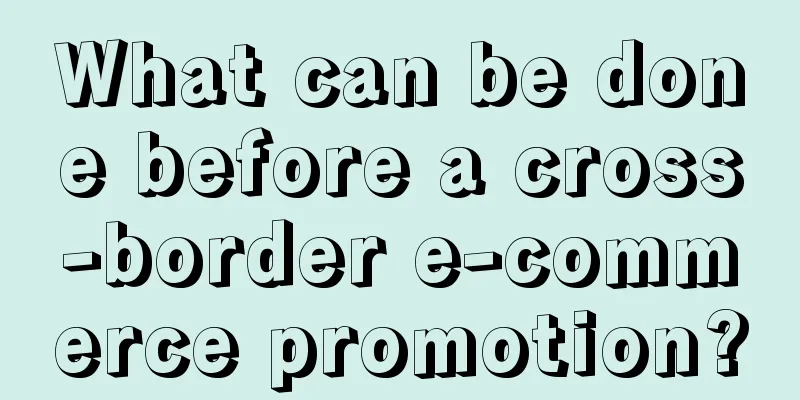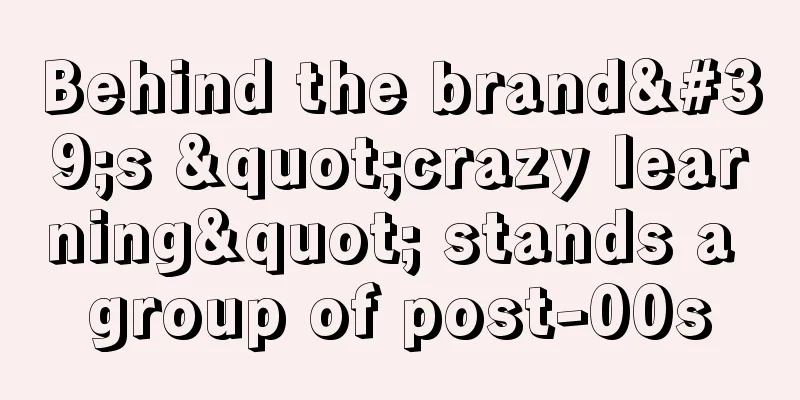In a large company, professionalism is your confidence

Working in a large company is the dream of workers who have just entered the workplace, because large companies have many enviable things: high salaries, good benefits, strong colleagues, abundant resources, etc. In short, after entering a large company, everything seems to be written with four words: the future is promising. However, do people who enter large companies have strong abilities? The answer is no, and students who have not entered large companies do not need to feel ashamed and inferior. In large companies, there are still quite a number of people whose level is average, and they may just be luckier during the interview. But without some skills, can you survive in a big company? My opinion is, it’s difficult! A large factory is like a forest. There are all kinds of birds in a large place. Eight immortals cross the sea, each showing their magical powers. Some rely on their eloquence, and some rely on solid professional technology. The final result is to speak with data, and the survival of the fittest. People in the workplace still need to have real talents and some professional abilities that are not dependent on the platform. Today we will briefly talk about some professional skills: user operation talks. Add to your workplace skills. 1. What is user operation?Baidu Encyclopedia: User operation refers to being user-centric, setting operational activities and rules in accordance with user needs, formulating operational strategies and operational goals, and strictly controlling the implementation process and results to achieve the expected operational goals and tasks. My understanding is that starting from the user and carrying out a series of differentiated guidance based on the user's life cycle stage to achieve business goals is called user operation. User operation is the operation and management of users. It is a means to improve user stickiness, increase user lifetime value (LTV), and achieve commercial benefits. 2. Prerequisites for User OperationThere are prerequisites for user operations. Not all businesses, products, and users require user operations. For example, as Party A, there is no need to do this because it is the demander and the investor and the choice is itss. On the contrary, the Party B company is more suitable for user operations, and should provide good service and maintain good relationships with every Party A company, so that subsequent orders will continue to come in continuously. For example, for a product with a very small number of users, it is similar to the data cockpit that leaders see. There is no need for such a complex and systematic operation strategy and user tag system; just do a good job of satisfying the needs of leaders. My understanding of the premise of user operation is that: the users that the business is facing must have a certain scale, and it is necessary to do business models that can significantly improve user stickiness and life cycle value through user operation methods; otherwise, it will be a waste of effort. 3. Means of implementing user operationsTo carry out effective operations for users, at least four aspects of work need to be done well: user life cycle segmentation, user portrait/label establishment, user scenario mining, and enrichment of user reach strategies. 1. User life cycleThe process of user operation is actually the process of accompanying the user's life journey, just like a person's life, birth, aging, illness and death. At different time stages, you have to give users what they need most at the current stage; the operation of platform users is generally divided into the novice period, growth period, maturity period, aging period, loss period, etc., which are basically the same, and can be fine-tuned in combination with the platform business. 2. User tag systemThe role of user tags is to help you quickly understand and lock in users during operations, thereby achieving the goal of precision marketing. The basic tag categories include: user basic attributes, user behavior tags, user asset tags, user active tags, etc. For more detailed content, you can read my previous article. 3. User scenario miningScenarios need to be explored, which means that not all user scenarios are suitable for marketing. For example, a customer is on the phone, and you keep recommending places to eat to him. To find a scenario, you generally have to start by getting to know your customer, and see what stage of the user life cycle the customer is currently in, what he needs, what he cares about, and what kind of help is best? The process of exploring scenarios is the process of understanding user psychology. There are two ways to explore scenarios: one is to start from user behavior and create marketing scenarios for user breakpoints; the other is to start from the user's product experience cycle, add to shopping cart - prompt price reduction; for those who have purchased - recommend repeat purchases based on the product usage cycle. 4. User Reach StrategyOnce you know the customer's label characteristics and marketing scenarios, the next step is how to reach them. Reaching them requires accuracy, efficiency, and monitoring. There are generally three types of user reach: manual reach, automatic reach, and real-time reach. Manual contact usually involves one-time, temporary contact. Automatic reach: Combine user scenarios and needs to develop an automatic reach strategy; Reach out in real time, pay attention to timeliness, and quickly provide the help users need. The problem of conflicts between strategies and the problem of evaluating the effectiveness of strategies are difficult issues. I will not elaborate on this for now. If you are interested, you can talk to me about it. 4. Notes on User OperationsUser operation is a systematic project. If you want to do it well, you need to be very meticulous and pay attention to the actual experience and feelings of each user. 1. Pay attention to the data and analysis at all times, do not make strategies without thinking, and make scientific and effective decisions; 2. Marketing should be done in moderation. You should make friends with users, put yourself in their shoes, and feel their real experience; 3. One trick cannot work all the time. If you use the reach strategy more than once, the effect will be seriously reduced, and the marketing strategy must be changed. 4. Be agile, and be more agile! Some good marketing windows are fleeting. If you seize them well, you can achieve great results with little effort. If you miss them, you will regret it. Well, today's discussion ends here. I hope it will be inspiring to you. Author: |
<<: Bulgari vs. Moutai, Zongzi also plays the contempt chain
Recommend
The trend of celebrities selling goods has receded, and the live streaming market is gradually maturing
Livestreamers are an important and indispensable f...
Luckin Coffee "catwalk", Coconut Tree "fitness": male sex is everywhere in the live broadcast room
Coco Tree Live Room has changed from live broadcas...
Family members! Who knows! Can private domain traffic be done this way?
As the traffic dividend gradually declines, it is ...
SaaS Customer Lifecycle and Operation Methods (Part 2)
In the SaaS Customer Lifecycle and Operation Metho...
What are the conditions for enabling Meikeduo advertising? How to enable it?
If Meikeduo merchants want to place advertisements...
Alibaba International Station tutorial sharing, how can newbies get started?
Alibaba International Station is a global trade pl...
What are the advantages of Amazon Australia? Is it easy to do business?
There are many merchants who want to know about Am...
Long video platform: Everyone wants to become a "hit-making machine"
In the competitive landscape of long video platfor...
An inventory of 50 private domain traffic entrances in 2024, add your friends!
Private domain operation is undoubtedly very impor...
What is the conversion rate of an independent website to make money? How can an independent website improve its conversion rate?
At present, there are still many businesses that h...
What does it mean that the entry point for consumer decision-making is returning to "search"?丨Annual trend
In the digital age, consumers' decision paths ...
With an annual income of 4 billion, why do emoticons make so much money?
In 2017, industry insiders estimated that the annu...
There's another wave of Children's Day? Adults fight with children for toys at KFC
Through the hot sales and consumer response of the...
Don't always look at things from your own perspective
As marketers, our most important ability is to thi...
"Start from the heart and ride the wind and waves": cleverly use emotional marketing to seize new opportunities under the wave of consumption upgrade
Stress is eating up your dopamine! If you attribut...









